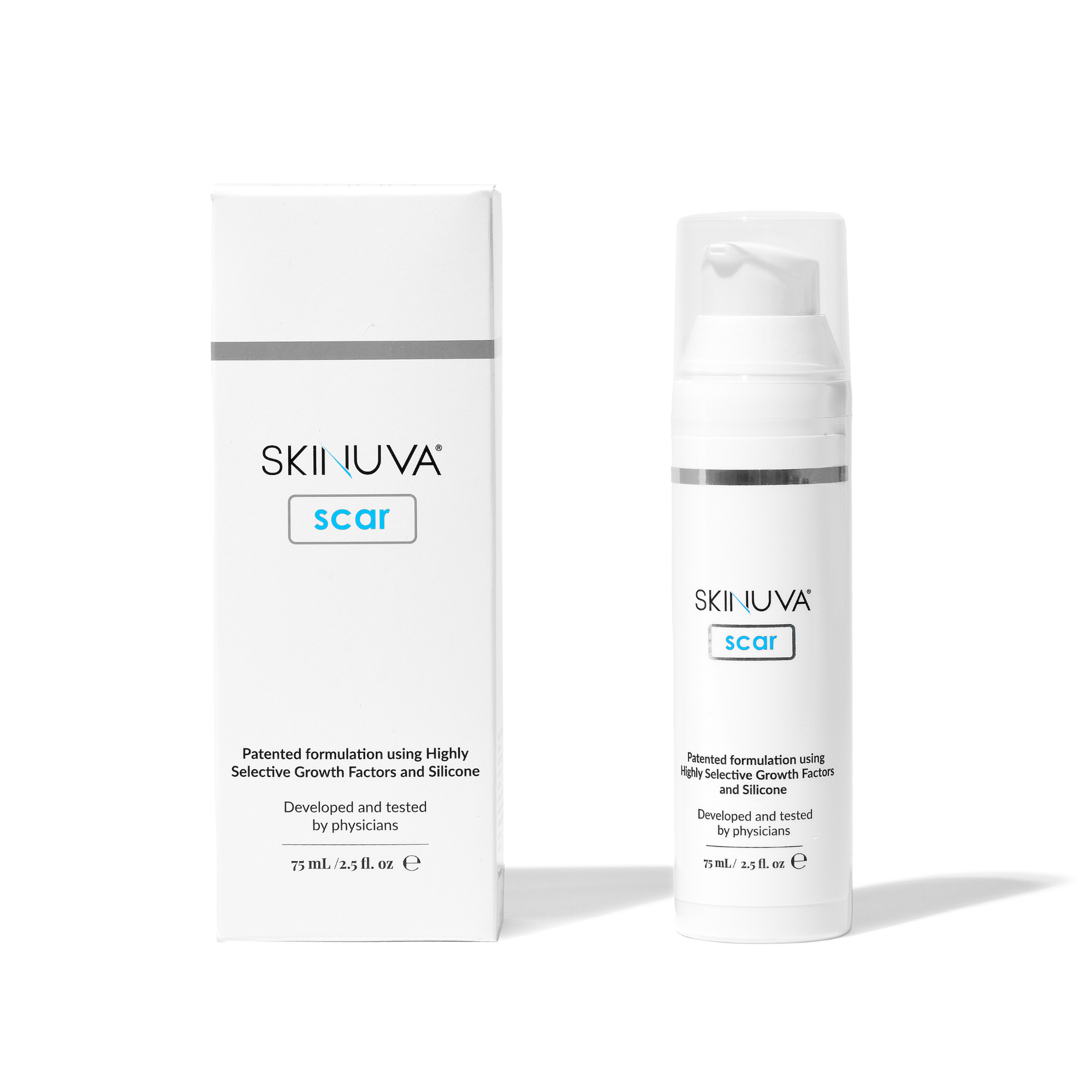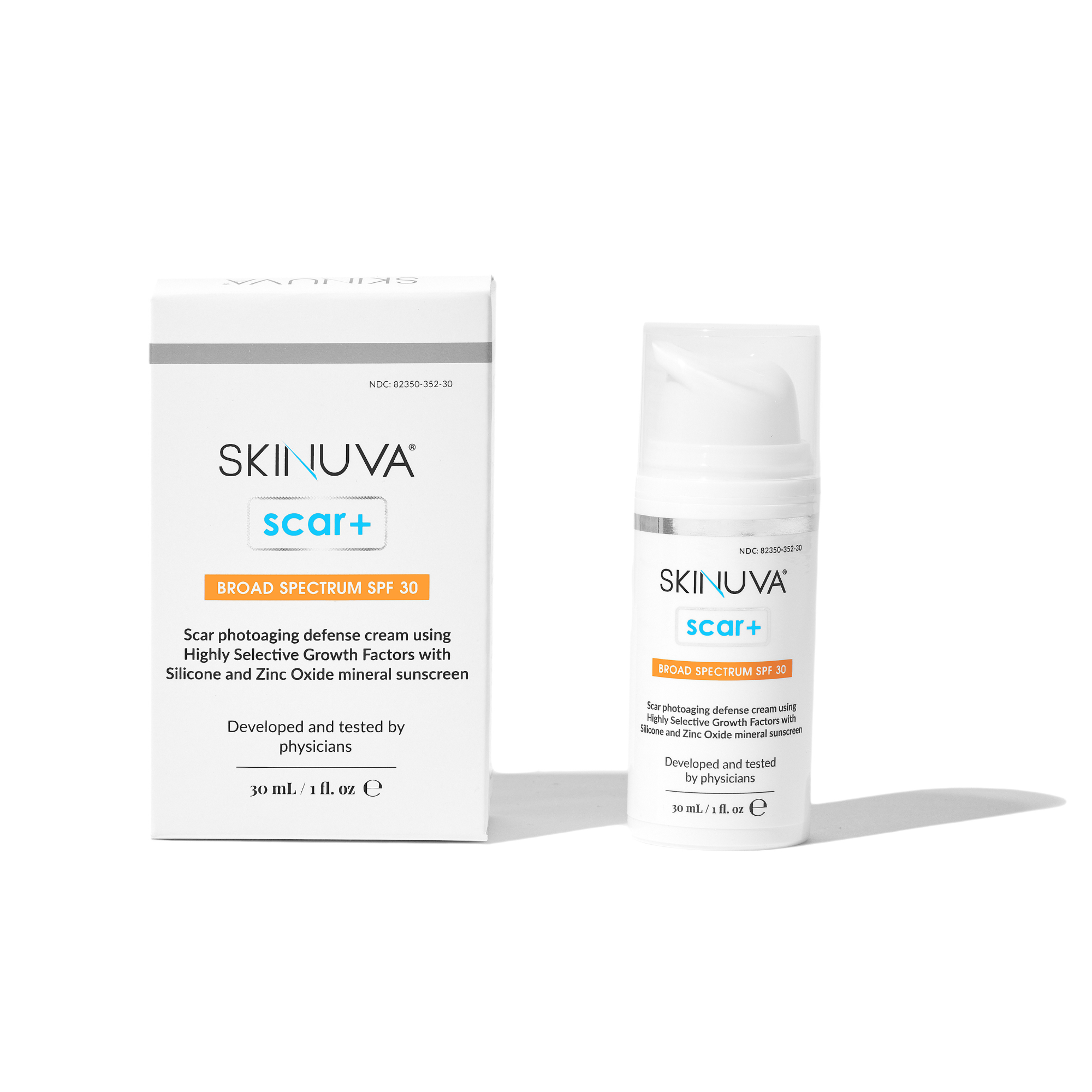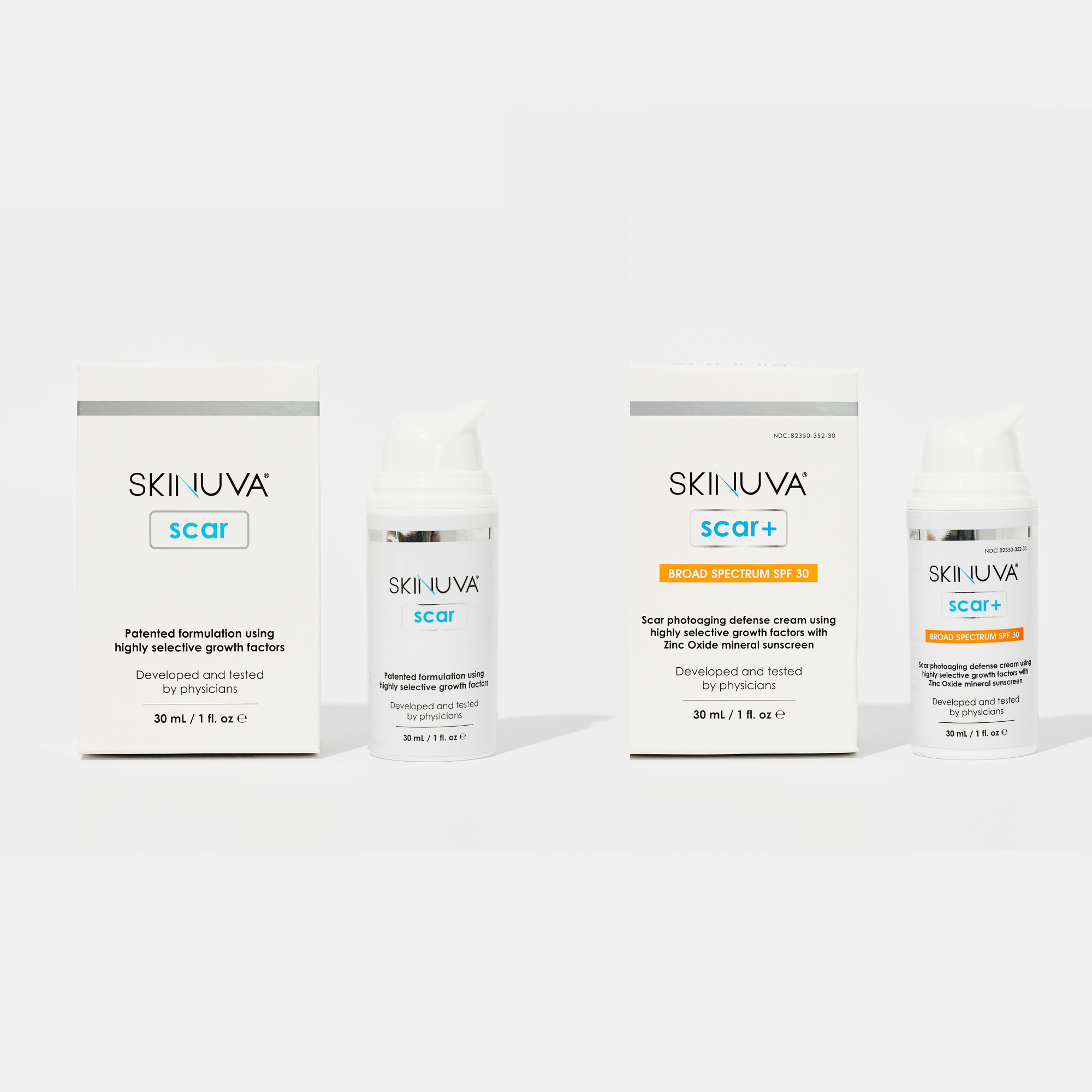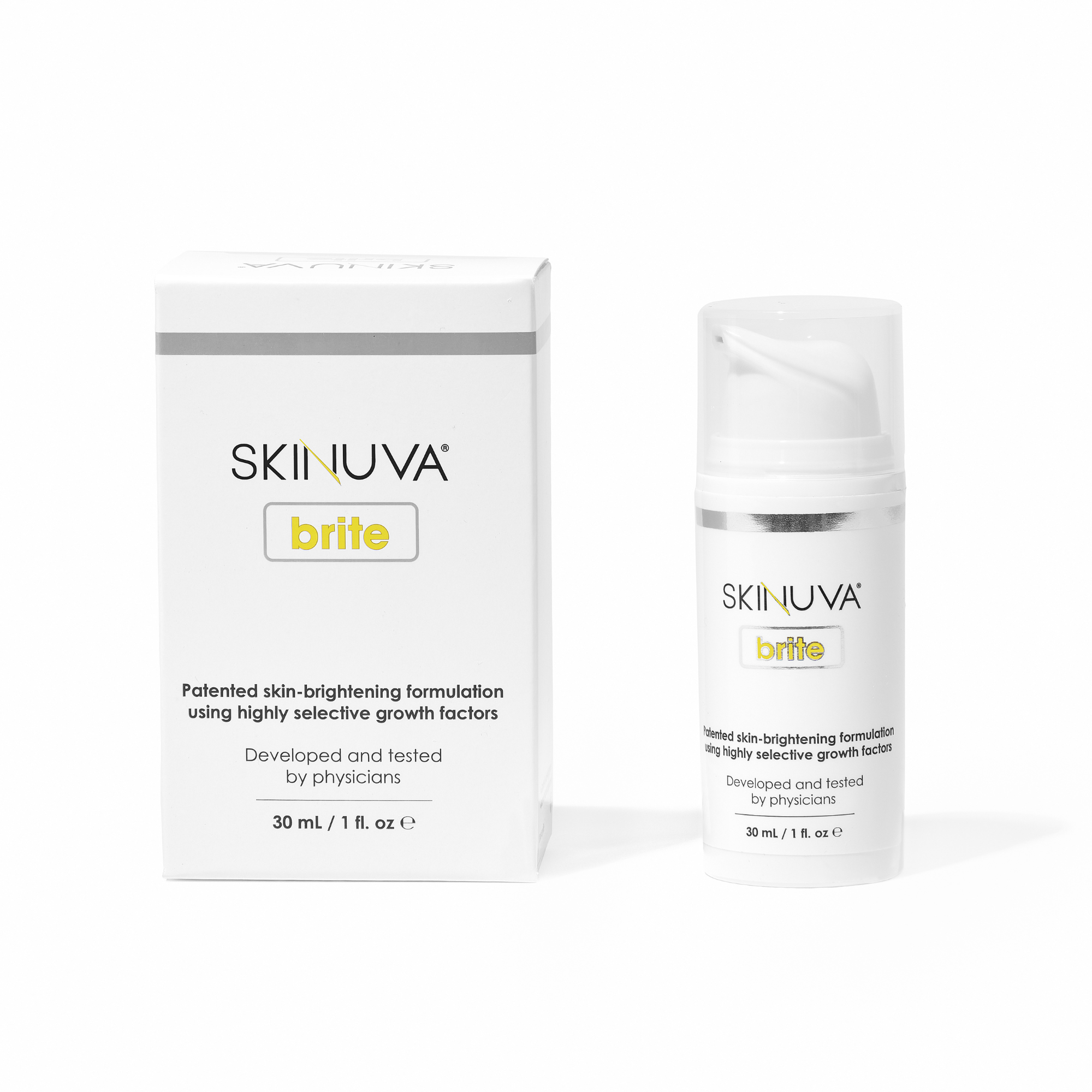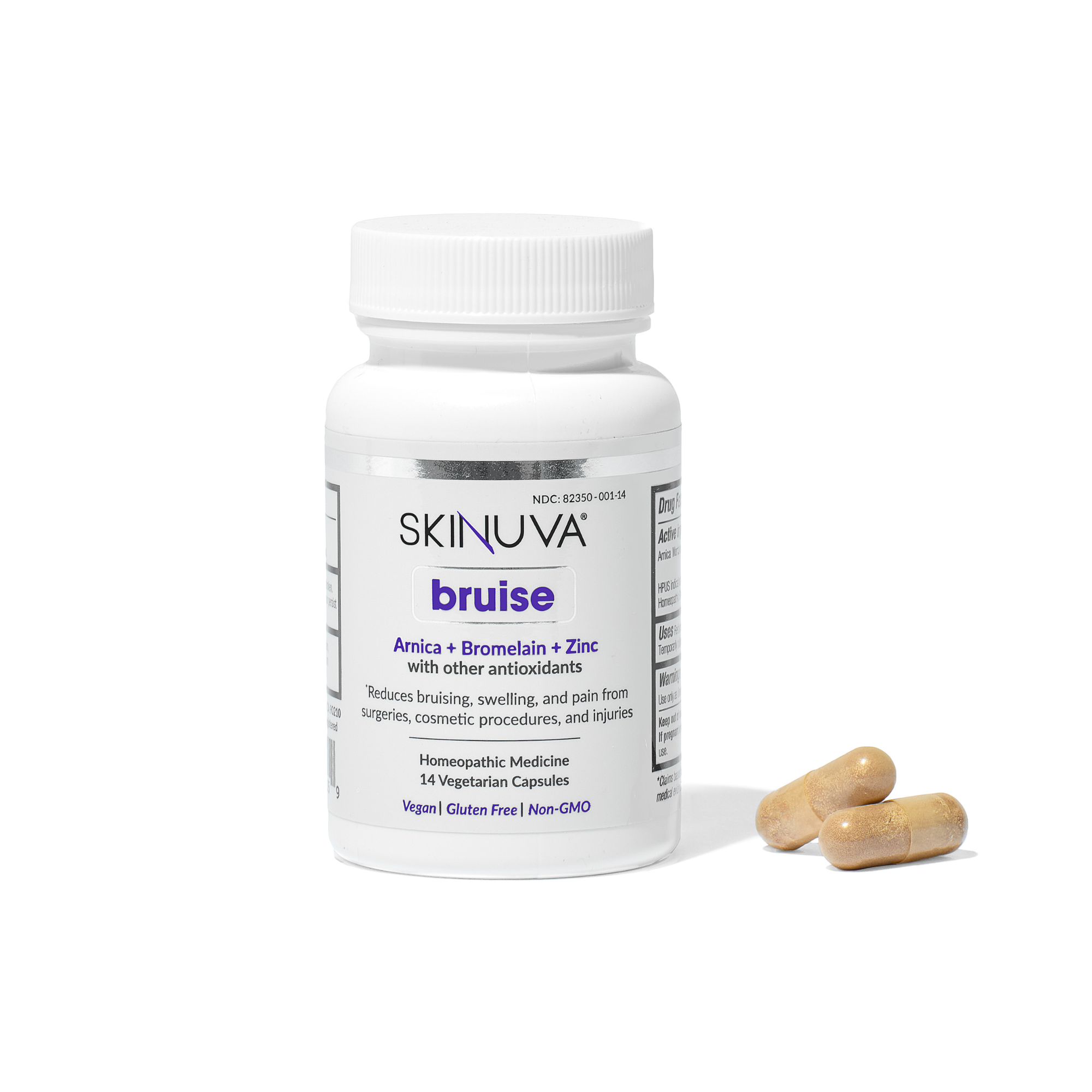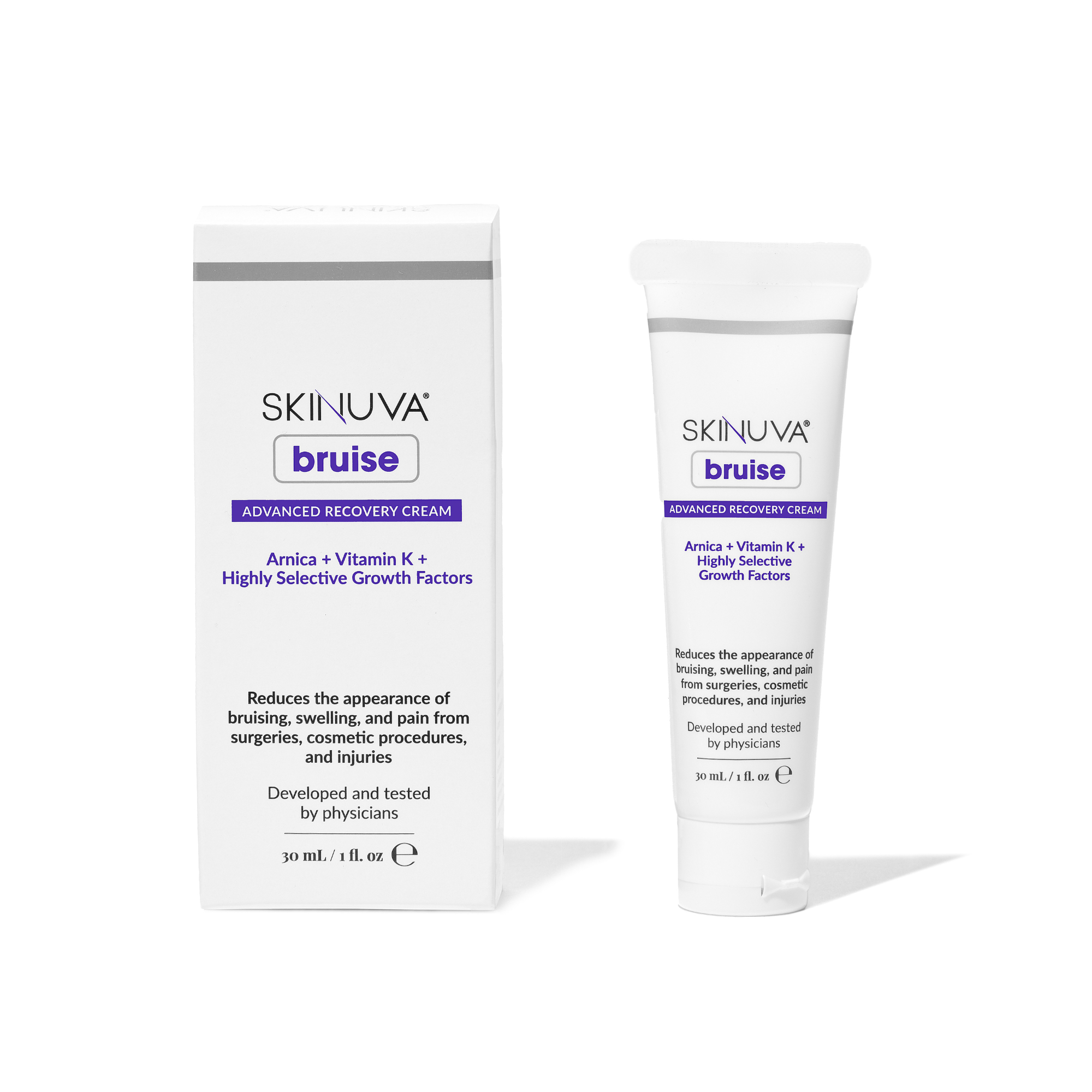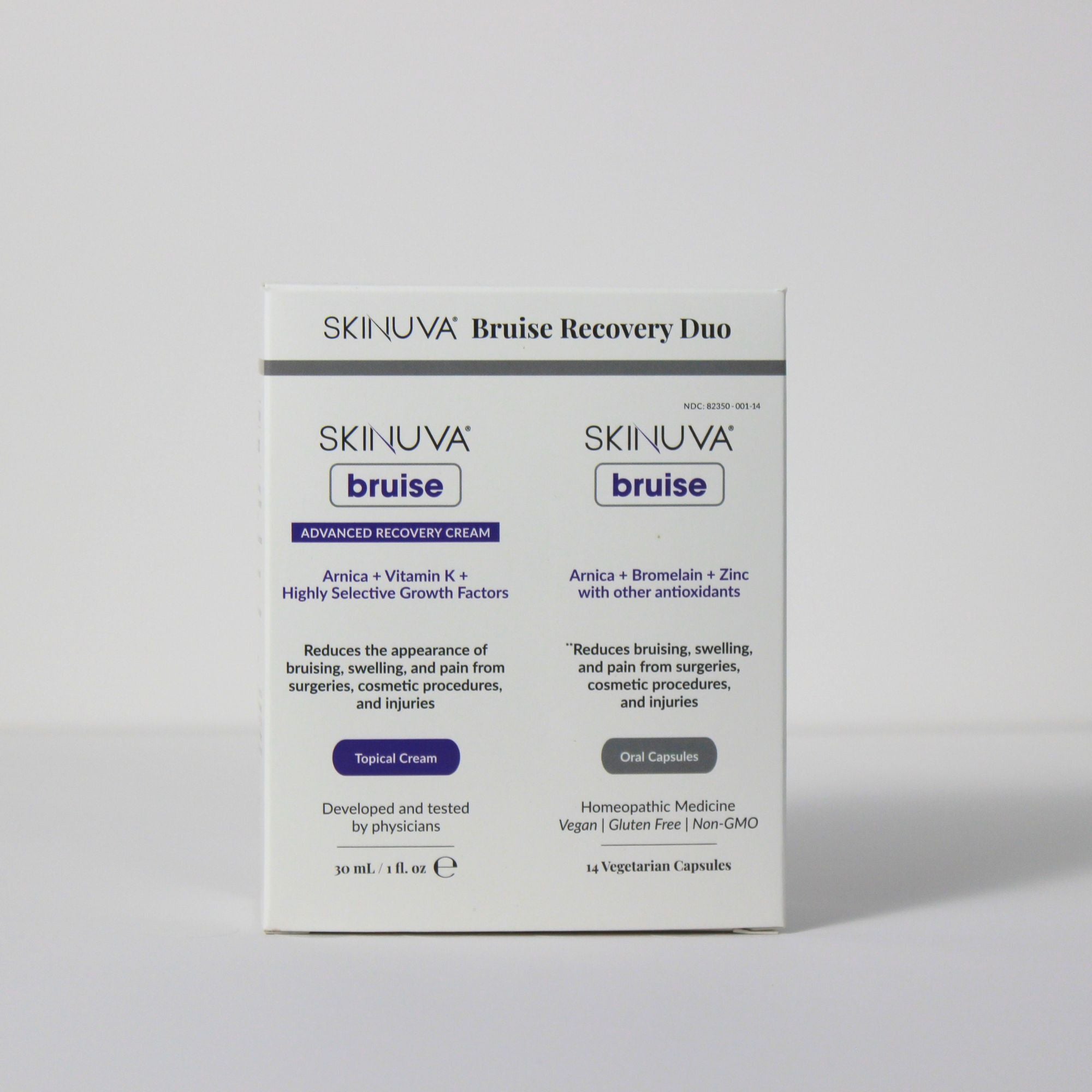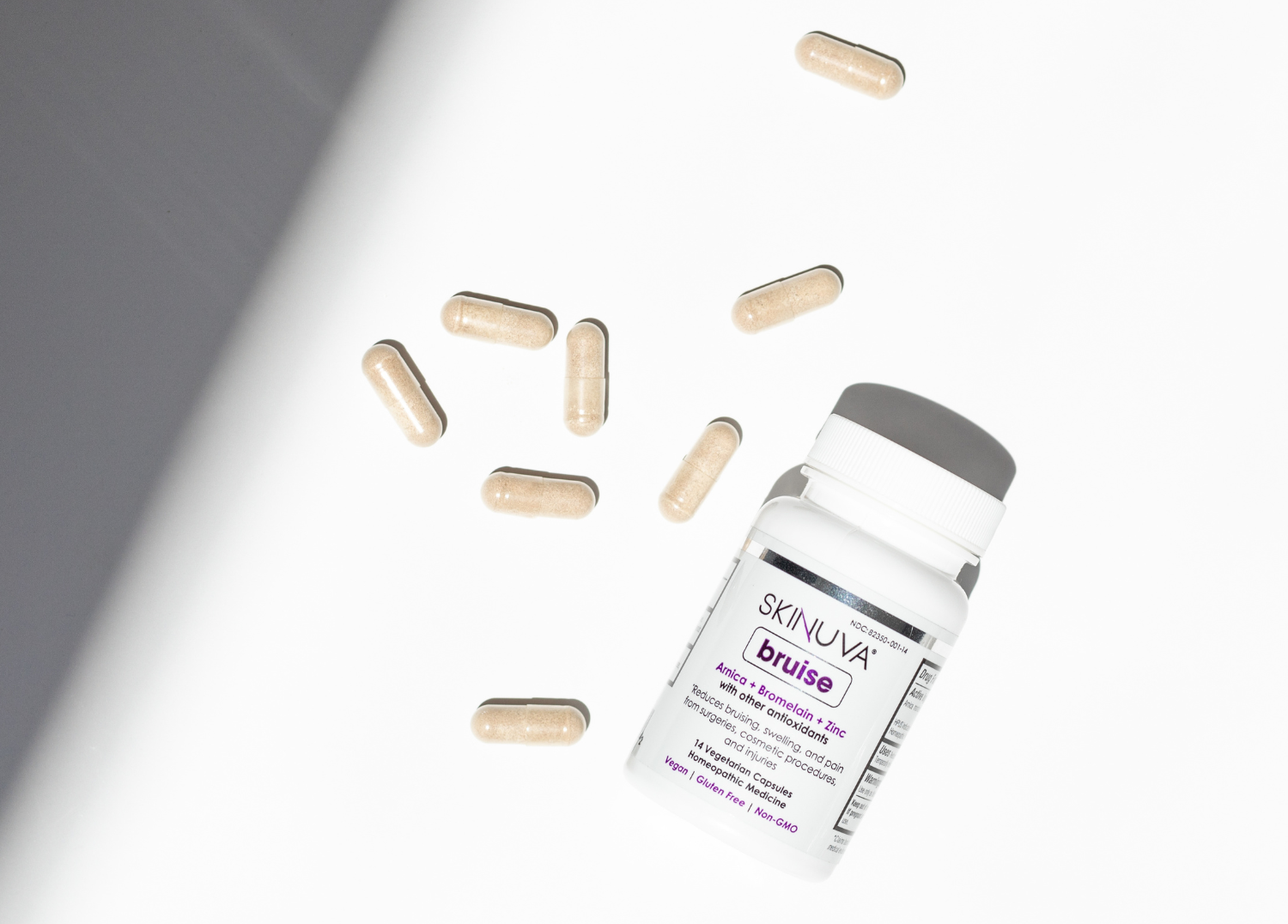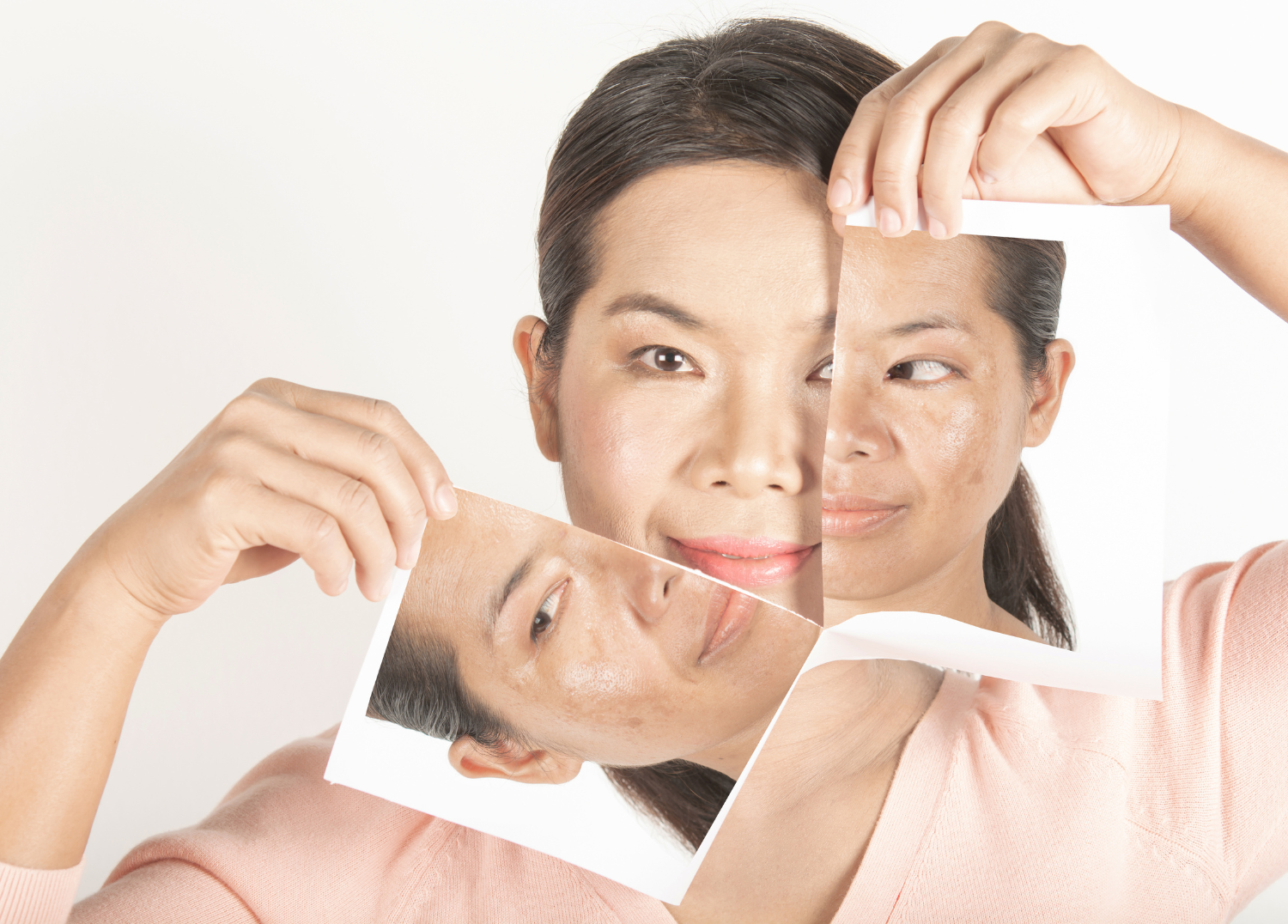Recognizing Breast Cancer Awareness Month and Breast Cancer Surgeries
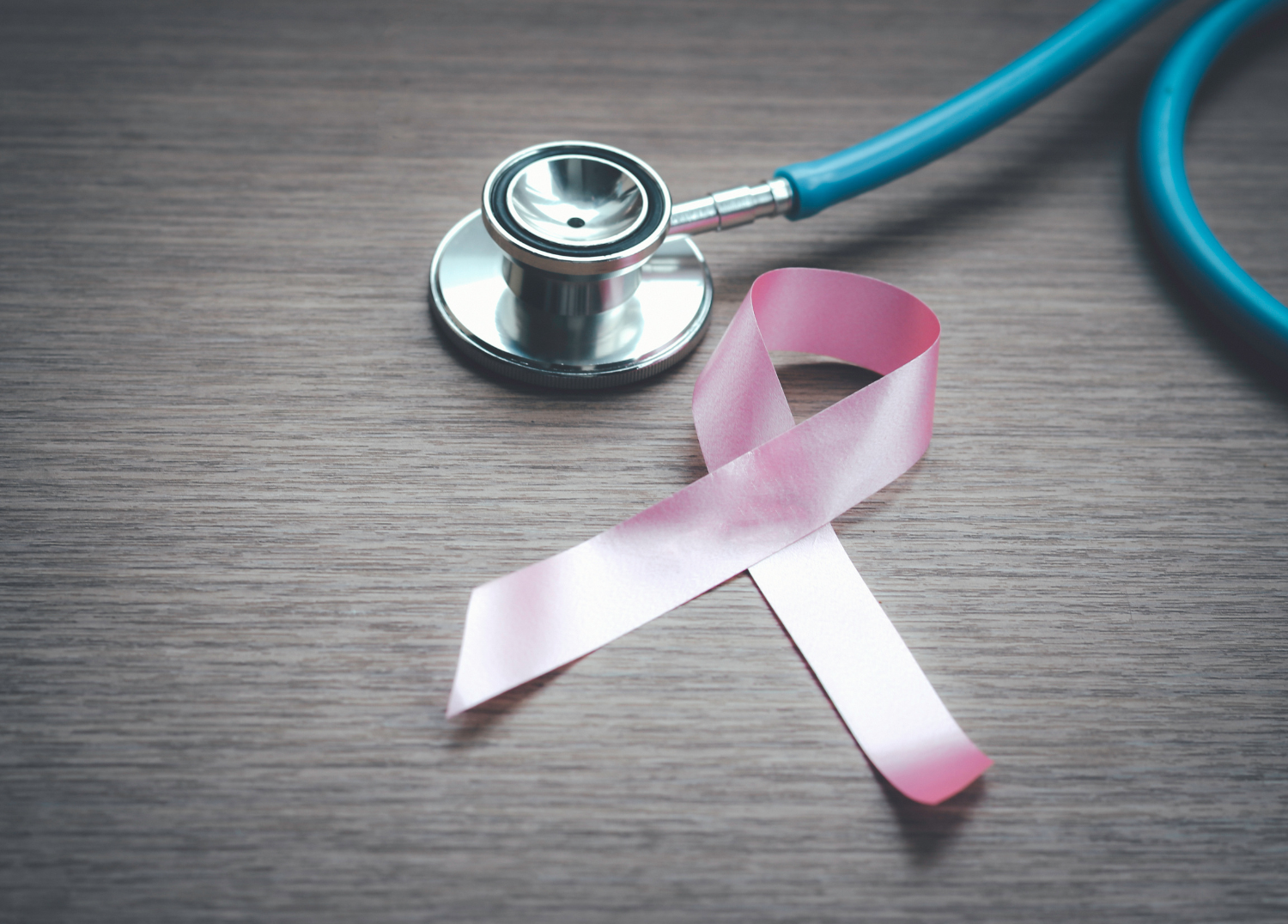
October is Breast Cancer Awareness Month, a month that raises awareness of the disease and where we recognize women who have battled or are currently battling breast cancer.
While some women who are diagnosed with breast cancer may undergo systemic treatments to help treat their breast cancer, many women also have some type of surgery as part of their treatment. Scarring is an obvious concern for women who have had breast surgeries such as lumpectomies or mastectomies, as well as women who undergo breast reconstruction or other surgeries afterwards.
Different Treatments and Surgeries Associated with Breast Cancer
Systemic treatments such as radiation therapy, chemotherapy, hormone therapy, or targeted drug therapy are several methods used to treat breast cancer. Even these types of treatments can leave smaller scars or marks on the skin. Depending on the type of breast cancer, the stage, and other circumstances or situations, surgery may be included in the treatment plan.
Surgeries such as breast-conserving surgery or mastectomies aim to remove as much of the cancer as possible. While mastectomies remove the entire breast and tissue, breast-conserving surgery (which includes lumpectomies, partial mastectomies, or segmental mastectomies) only removes part of the breast that contains the cancer. Depending on the type of surgery, the scar that is left behind can vary in size.
Breast reconstruction surgeries can also leave scars, and in multiple places sometimes. Breast reconstruction surgeries rebuild the breast or even out the tissue after mastectomies or lumpectomies. While a surgeon may use the same incision site from the initial surgery in the reconstruction surgery to avoid new scars, scars can form elsewhere. If the surgery was done using own body tissue instead of implants, there can be scarring at the site where the tissue was harvested.
How to Help Improve the Appearance of Scars after Breast Surgeries
After enduring treatments and surgeries for breast cancer, having to worry about a lasting scar is something women should not have to worry about.
Skinuva Scar has been shown to help improve surgical, procedural, and trauma scars. Using its science-backed and revolutionary ingredients such as selective synthetic Growth Factors, Silicone, Centella Asiatica, Hyaluronic Acid, Vitamin C and Aloe Vera, Skinuva Scar flattens raised scars, reduces pigmentation of scars, and smooths the scar, improving its overall appearance.
Skinuva Scar has been shown to improve scars from other types of breast surgeries as well, such as breast augmentations and reductions. If you or someone you know has bravely battled breast cancer and could benefit from a scar cream, learn more about Skinuva Scar here.
